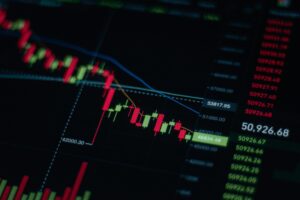Polish state forests to reduce wood supply in second half of 2025
Polish Chamber of Timber Industry EconomyOn April 22, the Polish Forestry and Forestry Industry Association (PIGPD) published a forecast analysis of timber sales in Poland’s state forests for the first and second half of 2025.
The analysis points to several changes that will have a negative impact on the future of the Polish timber industry, including:
LumberFlow Expert Interpretation
Direct impact on Chinese importers:
- Poland is China's seventh largest source of coniferous wood imports (8.3% in 2024)
- It is expected that the export volume to China will decrease by 12-15% in 2025Q3-Q4, mainly affecting the spruce/pine (SPF) category
- Alternative market suggestions: In the short term, purchases from Russia's Siberia region (Krasnoyarsk Territory) or Northern Europe (Sweden) may be increased.





